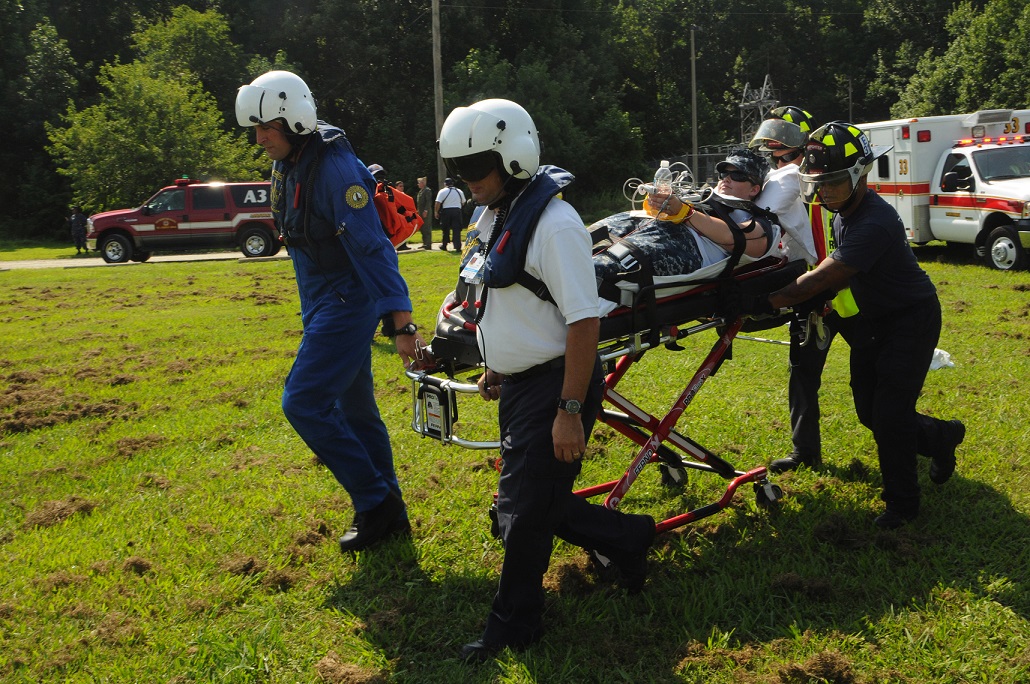
This post is also available in:
 עברית (Hebrew)
עברית (Hebrew)
First responder communications might be hampered in the most crucial emergency situations. As public safety users leverage new applications and use cases that rely on data services, they need to get comprehensive, reliable indoor coverage that supports not only voice but mobile data. Now, a smart signal booster delivers cellular coverage in buildings for FirstNet emergency communications.
FirstNet is a new network being rolled out in the US for Public Safety Communication Devices. This high-speed, nationwide wireless broadband network will have dedicated bands for public safety agencies and first responders. Legacy equipment does not support FirstNet dedicated band.
The Cel-Fi GO RED FirstNet Booster delivers cellular coverage in buildings for emergency communications from police, fire, and medical personnel. The system, equipped with Cel-Fi Antennas, ensures coverage in an emergency situation.
Nextivity, specializing in indoor and mobile coverage, has developed the signal booster that can be used for solving in-building FirstNet coverage challenges, or integrate into a case solution as a portable solution for emergency responders.
The system supports AT&T’s FirstNet Band 14 as well as Band 12 spectrum, providing 100 db of coverage for up to 15,000 square feet per system.
Cel-Fi is also a member of the Safer Buildings Coalition, which is an independent organization that’s focused on advancing policies, ideas, and technologies that ensure effective in-building communications capabilities for public safety personnel and the people they serve.
There are a number of configurations based on the size of the building, building materials, and wall arrangements, according to the company website.
Joe Schmelzer, senior director of products for the company’s Cel-Fi product line, told rcrwireless.com: “The public safety community is looking for all kinds of new applications, new kinds of features. They’re introducing data into their wireless networks. They’re bringing in LTE. FirstNet is generating tons of excitement and doing great things there.”
Beyond the public safety market, Schmelzer noted that Nextivity recently launched its new Cel-Fi SOLO signal booster for the European market, targeting small-to-medium businesses which need better cellular coverage.
DAS (Direct-Attached Storage), he noted, began as a high-performance technology designed to serve large venues such as stadiums and airports – but the returns on investment for DAS aren’t a good fit for smaller buildings, on the order of 100,000 to 500,000 square feet. “We need to transform that and rationalize that, and deliver solutions that are right-sized for the customer,” he said.

























